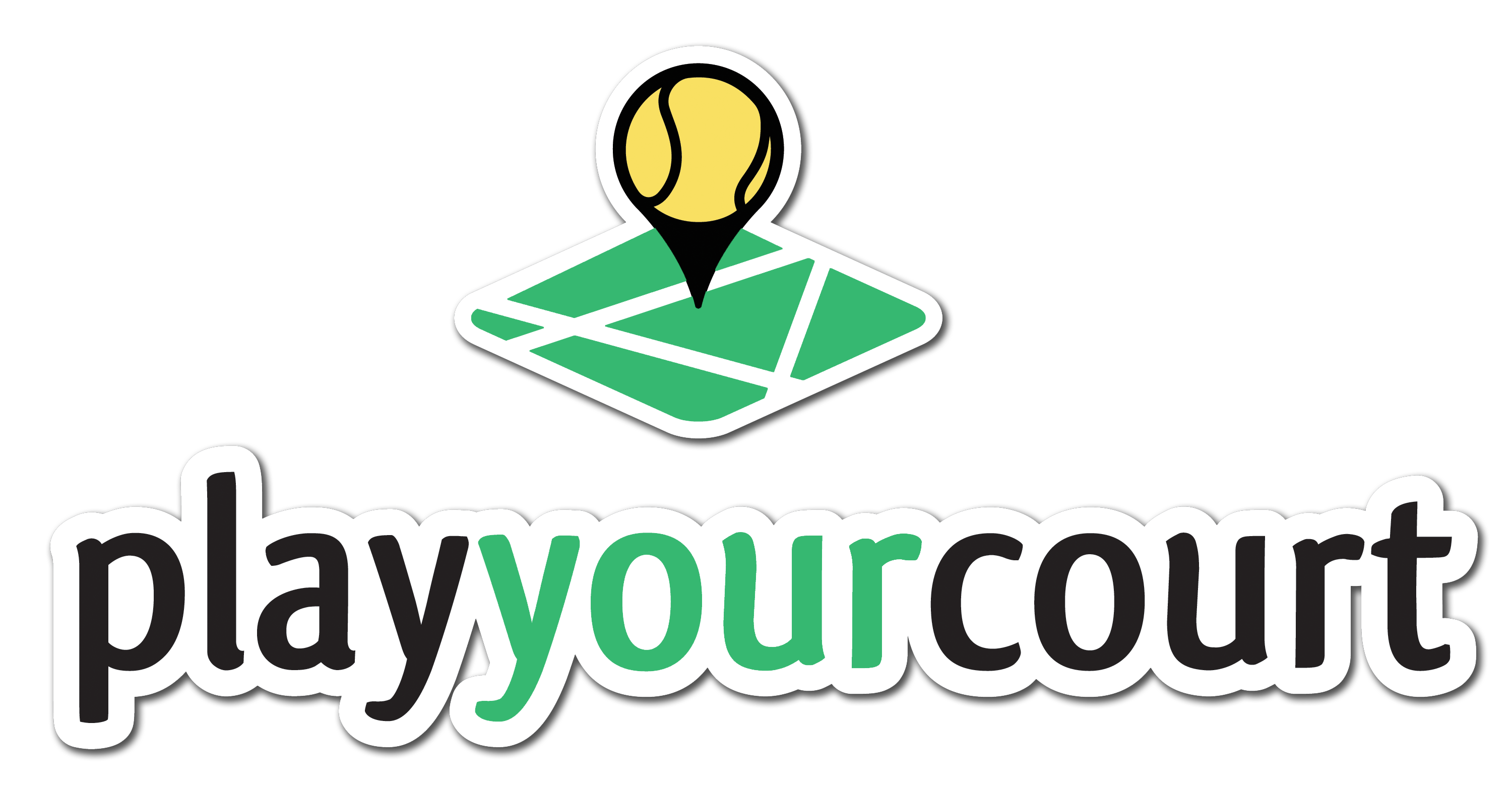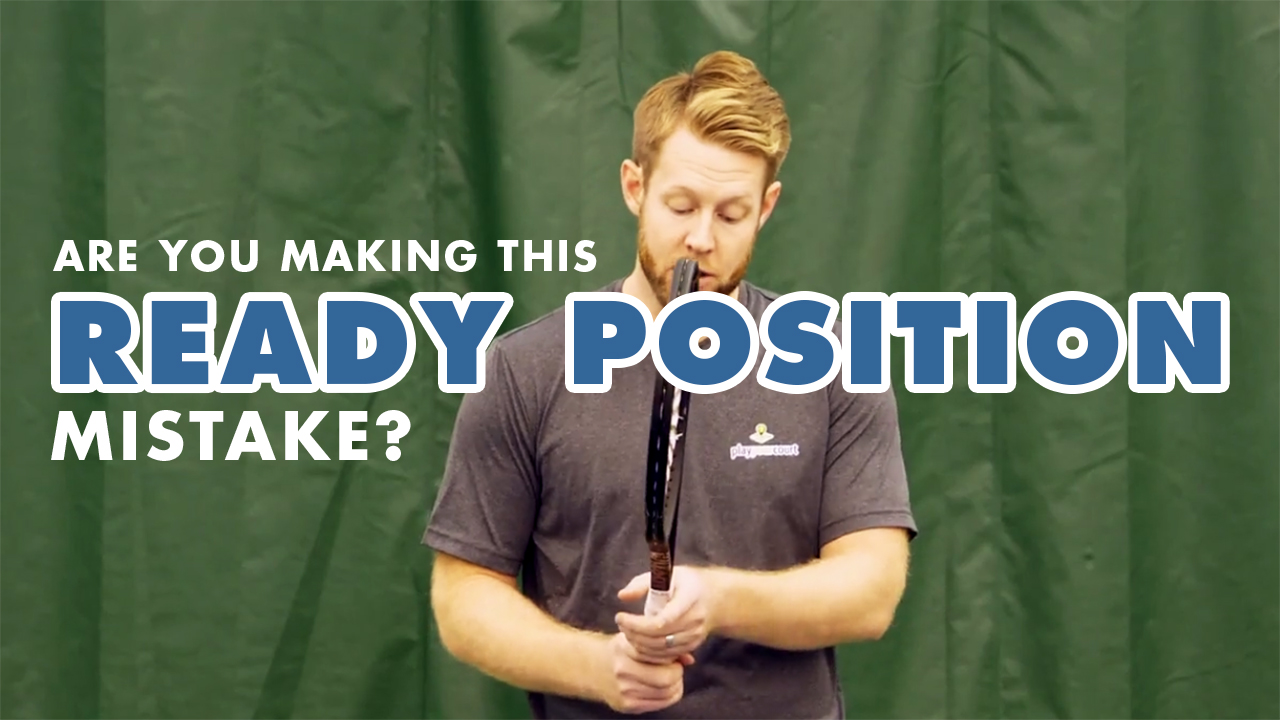Are you making this ready position mistake? Today we show you a simple adjustment that will improve your footwork instantly. This video is for players with a PlayYourCourt rating of 79 and below.
Click here to become a PlayYourCourt Member and get your custom video coaching: https://www.playyourcourt.com/tennis-community/
Here’s a transcription below for those who like to read ????:
– Hey guys, Scott from PlayYourCourt.com and today we’re going to talk about the importance of the correct ready position. So today we’re talking about ready position and to be honest, if you were one of my students that I worked with out on the court, this would be one of the first things I showed you but I do see a lot of high-level players make this mistake, obviously all the way down to the beginner level, so this video is kind of for anybody that’s making this mistake. So today we’re going to talk about how important the ready position is and exactly what you should be doing with your hands on the grip in between shots. So let’s dive right into this. The first thing I want to address is: I’m not today getting into a debate over what the correct grips are, I’m just going to show you how to create the ready position based on what you already have. Alright? So, I’m not going to talk to you about a semi-Western forehand grip or an Eastern forehand grip. Whatever your forehand grip is, I want you to put that as the bottom hand in your ready position. So for me I actually have an Eastern forehand grip, so my right hand on the bottom of my grip is going to be in that position. My top hand, I have a two-handed backhand, my top hand is also Eastern. So I’m going to take that top hand of my backhand grip: the grip that’s doing all of the swinging when I swing at the backhand, and that’s going to be the top hand. So, effectively, I’ve got my forehand grip on the bottom so if I let go of the racquet I’m ready to swing, and I’ve got my backhand grip on top or when I pull the racquet back my bottom hand is going to naturally turn and I’ve got the grip that I need to swing here as well. So like I just mentioned, you’re already going to have your forehand grip on the bottom, so one of the easiest things with this ready position is when it’s time to hit a forehand, just let go whether you’ve got a loop, whether you go straight back. No matter what your skill level is, let go at that top hand, turn, rip your forehand, add that backhand back on top of your grip in your ready position. So hit the forehand, add the hand back. Very simple. Things get a little bit trickier for two-handers on the backhand side because what happens when you pull your racquet back, your bottom hand if you zoom in here is naturally going to turn as you pull your racquet back. So as I follow through on my backhand, my bottom hand is now not in the correct position and one of the biggest mistakes I’ll see players make is they’ll never get this bottom hand turned back. So they’ve pulled back, they’ve changed their bottom hand, they’ve hit their backhand. Now they have the incorrect grip on the bottom of their racquet, and if a forehand comes, they’re not prepared to just let go and swing. So what I want you to think about it every single time you hit a backhand, if you have a two-hander, every single time you hit a backhand, after you follow through, the first thing I want you to do as that racquet comes down, is I want you to turn your bottom hand back to that forehand grip on bottom. So if you have a one-handed backhand, obviously this looks a little bit different but things are actually pretty similar. You’re still going to wait with your forehand grip on the bottom and you’re going to take your non-dominant hand, for me I’m right-handed, so I’m going to take my left hand and I’m going to put it on the throat of my racquet. And it’s a very similar concept. When I pull back, my top hand, my non-dominant hand, is going to do that turning for me and then as I follow through as a one-hander, I then have to re-grab the throat of my racquet and immediately turn my hand back to that forehand position on the bottom of the grip. So you may be asking yourself, “Why does this matter?” As a coach, the last thing I want you doing when you’re in a groundstroke rally is fumbling around trying to find the right grip. So if you have this correct ready position, you’re ready to let go and hit a forehand. You’re ready with the top hand of your backhand to just pull back and swing. This is going to make you a lot more efficient, it’s going to allow you to set up quicker, which in turn is going to allow you to step into the ball or transfer your weight into your shot and generate more power. So in summary, with your ready position, I want you to think forehand on the bottom, backhand on top, and return to this position after every single ball. Again on the forehand you’re letting go, you’re hitting, you’re simply adding back. On the two-handed backhand, your bottom hand is going to naturally turn. Don’t forget to shift that hand back. And on the one-hand, the same thing. You’re going to let go as you make contact but as you grab the throat, you’re going to turn that hand back to the forehand position. So I hope you guys enjoyed this video and that it really helps your game, but the bottom line is, I want to see you improve and I just don’t know anything about you or your skill level. So what I want you to do, click the button below, answer a couple of quick questions for me about your skill level. I’ll then send you custom video coaching each week that’s more specifically tailored to what you need to work on. Just click the button below, and I’ll do the rest.
Click here to get your custom video coaching: https://www.playyourcourt.com/tennis-community/

